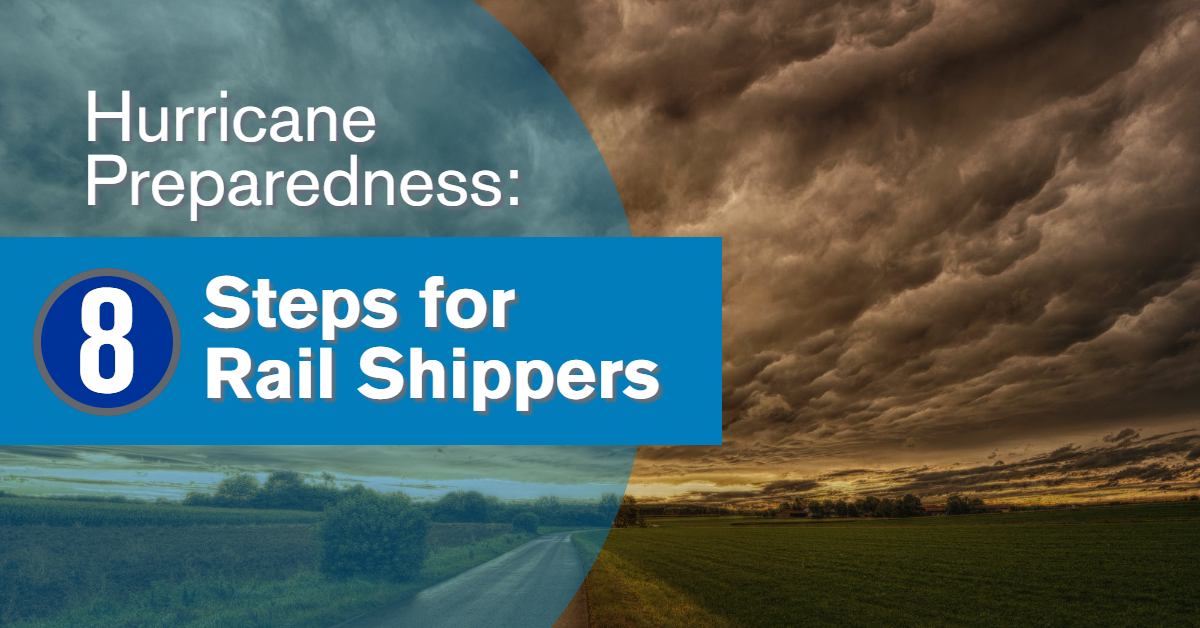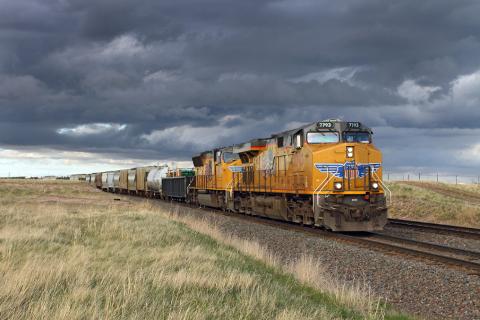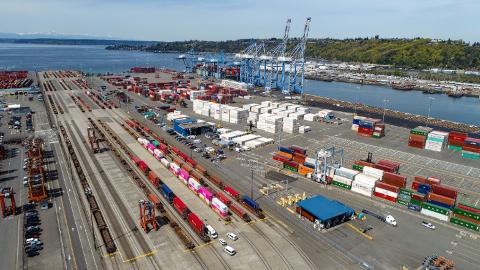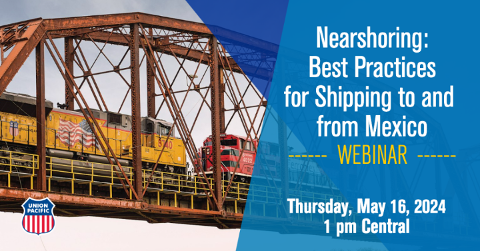The 2022 Atlantic hurricane season officially begins June 1. If you’re a rail shipper, now is a good time to review the steps to take to prepare for a hurricane. Following this list of hurricane preparedness tips can help you make a plan before the chaos of a storm begins and reduce rail car damage. You’ll also learn which steps to take to restore service to your facility during the hurricane recovery period.
Before a Hurricane
- Divert cars. If your facility is in the path of a storm, five days before landfall you’ll want to divert any rail cars headed your way.
Why this step is important: Sending cars to an alternate location and reducing inventory levels at your plant will reduce the potential for mechanical damage the storm could cause to rail cars and will also protect the products inside.
- Notify the railroad. Submit any special service requests to the railroad three to four days before the storm.
Why this step is important: The railroad can help you manage your inventory and divert cars in advance of the storm.
- Communicate your plant operations plan. One to two days before landfall, let the railroad know of your timeline for ceasing operations and/or evacuating the plant.
Why this step is important: Doing so will allow the railroad to place tracks out of service as needed and schedule rail cars appropriately to ensure resources are used effectively after the storm.
After Landfall
- Report track damage. Report any tracks that are damaged and/or out of service to the railroad.
Why this step is important: Reporting out-of-service tracks is critical for safety.
- Provide a plant operations update. Let the railroad know the estimated time frame for repairs to your facility and when you plan to resume operations.
Why this step is important: An operations update will allow the railroad to know when to place tracks back in service and deploy rail cars as needed.
- Request resumption of rail service. Once repairs are complete and you know when your plant will resume operations, notify the railroad and ask them to resume rail service.
Why this step is important: Rail service won’t resume until you inform the railroad.
- Don’t move rail cars if water has reached the wheel bearing. Wait for the railroad to inspect the car and make sure it is safe to move.
Why this step is important: Moving a rail car that is under water can be a safety risk.
- Inspect rail cars. Per the American Association of Railroads (AAR) interchange rules, any rail cars that have been damaged by flooding must undergo a joint inspection between the railroad’s mechanical team and personnel at your plant.
Why this step is important: Inspections ensure rail cars are safe to operate.
Steps for Union Pacific Customers
If you’re a Union Pacific Railroad customer, the following resources will assist your hurricane preparedness and recovery processes.
- The Hurricane Planning and Recovery Page details specific steps to take as a Union Pacific customer. This includes links to report a service issue, which allows you to:
- Report damaged or out-of-service tracks
- Communicate the timetable for ceasing plant operation
- Provide estimated facility repair time and resumption of operations
- Request service to be resumed when repairs are complete
The page also includes information on requesting diversions and rail car inspections as well as a list of current embargoes.
- Customer Care and Support for 24/7 assistance specific to your shipments: 800-272-8777
- Response Management Communications Center (RMCC) to report emergencies: 888-877-7267
To learn more about how railroads take action in the event of a storm, visit the AAR’s article on how freight railroads prepare for and respond to extreme water.
What Are Your Hurricane Preparedness for Rail Shippers?
If you have hurricane planning and recovery tips, send us an email to share. Or, if you're interested in shipping by rail, answer a few questions and an expert will be in touch.
Related Articles:









